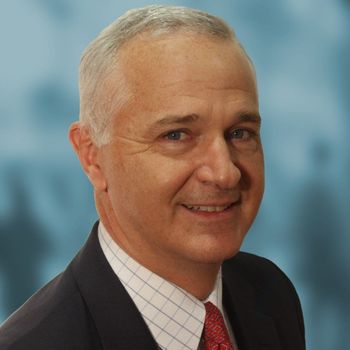
AMA’s new medical education policies aim to reduce burnout, streamline training and support physician-led care
Key Takeaways
- The AMA is streamlining compliance training across healthcare facilities to reduce administrative burdens and compensate physicians for training time.
- New policies support trainees by addressing logistical and financial challenges of licensure exams, urging testing boards to improve flexibility and access.
The American Medical Association’s House of Delegates moves to ease compliance burdens, protect exam-takers and equip residents as advocates.
The
Meeting this week at its Annual
The AMA also reinforced its commitment to physician-led care by promoting
Cutting through compliance clutter
For physicians working across multiple hospitals, repeated compliance trainings can be a time sink. To address this, delegates approved a
“Physicians face increasing administrative burdens that take time away from patient care,” said AMA Trustee Melissa J. Garretson, M.D. “Lifelong learning is essential to maintaining high standards of patient care and professional conduct, but the system needs to be more efficient. Every minute matters — and streamlining these trainings will give physicians time back to do what matters most — caring for patients”
The policy also encourages compensating physicians for the time spent on training — either financially or through continuing medical education (CME) credit.
More support for exam-day challenges
To ease pressure on trainees, the AMA HOD also called on major testing boards to fix logistical and cost-related issues that often complicate licensure exams. Delegates urged the National Board of Medical Examiners and the National Board of Osteopathic Medical Examiners to improve flexibility for rescheduling, expand testing center access and reduce financial burdens.
Medical schools, in turn, are encouraged to offer more accommodations and support around exam schedules.
“Unforeseen events, such as a family tragedy or personal crisis, can significantly disrupt a trainee’s exam preparation,” Garretson said. “It’s essential that all stakeholders in graduate medical education work to remove barriers and offer support to trainees during this demanding process, so we can continue building a strong physician workforce.”
Voluntary, flexible burnout prevention
While many wellness programs are designed with good intentions, delegates emphasized that overly rigid requirements may do more harm than good. New policy supports
“While well-intended, inflexible burnout prevention programs can actually increase stress and workload for physicians and trainees,” Garretson said.
The AMA wants programs to be flexible, empowering participants to choose what works best for them.
Training tomorrow’s advocates
To strengthen physician-led care, the AMA adopted policy encouraging residency programs to provide more opportunities for trainees to advocate effectively with policymakers. The organization will expand educational resources and toolkits for use in residency settings, building on its Graduate Medical Education Competency Education Program.
“Residents are the future of the medical profession,” Garretson said. “It is vital they are equipped with the knowledge and skills to inform and educate lawmakers on the importance of physician-led teams, so that patients can receive the safest, highest-quality care.”
With debates over scope of practice intensifying across the country, AMA leaders say it’s more important than ever to ensure physicians have a strong voice in shaping policy. These latest actions reflect the AMA’s continued efforts to reduce bureaucracy, protect physician well-being and defend the integrity of the medical profession.
Newsletter
Stay informed and empowered with Medical Economics enewsletter, delivering expert insights, financial strategies, practice management tips and technology trends — tailored for today’s physicians.








